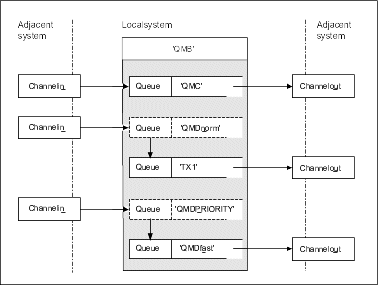
Figure 22. Three methods of passing messages through your system

Following on from the technique shown in Figure 21, where you saw how an alias flow is captured, Figure 22 illustrates the ways networks are built up by bringing together the techniques we have discussed.
The configuration shows a channel delivering three messages with different destinations:
You must pass the first message flow through your system unchanged; the second message flow through a different transmission queue and channel, while reverting the messages from the alias queue manager name 'QMD_norm' to the physical location 'QMD'; and the third message flow simply chooses a different transmission queue without any other change.
In a clustering environment, all messages are passed through the cluster transmission queue, SYSTEM.CLUSTER.TRANSMIT.QUEUE. This is illustrated in Figure 4.
The following methods describe techniques applicable to a distributed-queuing environment:
When you are going to receive messages with a transmission header containing another location name, the simplest preparation is to have a transmission queue with that name, 'QMC' in this example, as a part of a channel to an adjacent queue manager. The messages are delivered unchanged.
The second method is to use the queue manager alias object definition, but specify a new location name, 'QMD', as well as a particular transmission queue, 'TX1'. This action:
The third method is to have a queue manager alias object defined with the same name as the destination location, 'QMD_PRIORITY', and use the definition to select a particular transmission queue, 'QMD_fast', and therefore another channel. The transmission headers on these messages remain unchanged.
For these configurations, you must prepare the:
| Note |
|---|
|
None of the message flows shown in the example changes the destination queue. The queue manager name aliases simply provide separation of message flows. |